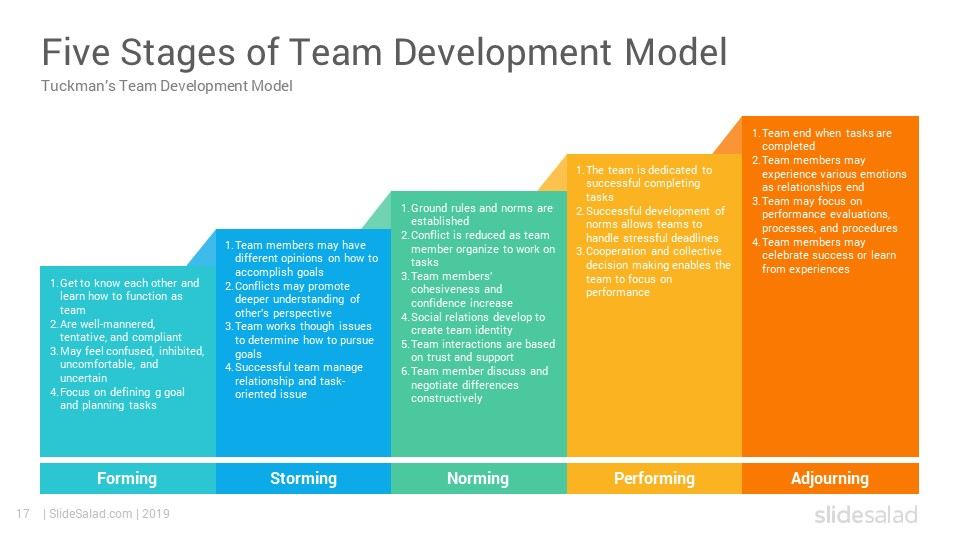The Five Dysfunctions of a Team



Thanks to a recommendation I recently finished reading The Five Dysfunctions of a Team by Patrick Lencioni. I found it quite insightful on many topics. The more I read the more I could feel identified with current and past situations on different teams I have been part of. I was aware of some of the insights that the book gives but, reading it from a structured and "third person" view gives a great perspective and deeper understanding.
It is a fable of a CEO that has just taken over the position in a Tech company that, despite having better technology and a huge amount of human talent, is falling behind their competition. After an initial assessment, the CEO determines clearly that the main problem is that they do not have a "team", they have a collection of individuals.
The way that she gathers the team, manages the interactions, and walks them through the framework she is proposing to create a high cohesion and performing team is inspiring.
One of the "pearls" I found in the book is the best definition I have found so far for company politics.
Politics is when people choose their words and actions based on how they want others to react rather than based on what they really think.
In my experience, there is a lot of reasons why "politics" happen in the teams, whatever the reason is, the terrible outcome is the lack of healthy disagreement and discussion that is needed to have true "buy-in" once a decision is taken.
The book explains the five dysfunctions, the negative impact of each one, and the necessary leadership skills to overcome them.

1 Absence of Trust
At the pyramid's base is the absence of trust. Team members are unable to show their weakness, resulting in being reluctant to be vulnerable and being open with one another. Team members will be afraid of admitting their mistakes and will be unwilling to ask for help.
2 Fear of Conflict
Lack of trust results in fear of conflict which in turn results in team members incapable of engaging in debates or openly voicing their opinions. The team completely avoids conflicts and people not expressing their view makes difficult real buy-in.
3 Lack of Commitment
Fear of conflict results in a lack of commitment. As team members have not bought into the decisions, they don’t feel committed to the same which results in an environment where ambiguity prevails.
4 Avoidance of Accountability
Lack of commitment results in team members not making each other accountable. If one has not bought into the decision, they won’t make their peers too accountable.
5 Inattention to Results
If team members don’t feel accountable, they put their own needs [ego, recognition, career development, etc.] ahead of the team goals. Company goals are not the first priority of the team.
These 5 layers provide a quite holistic understanding of the team issues and are a great way of structuring and "verbalizing" the problems and have a guideline in how to approach them in the correct order since they are very interdependent but the cause/effect is not always easy to see.
Also, while researching after reading the book I found the interesting concept of "Tuckman's stages of group development" which is a related and very interesting also.
